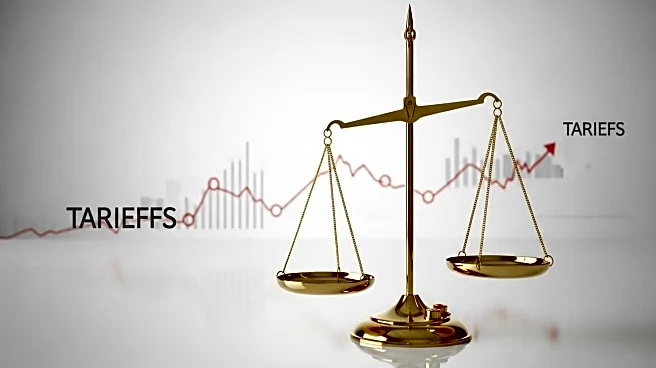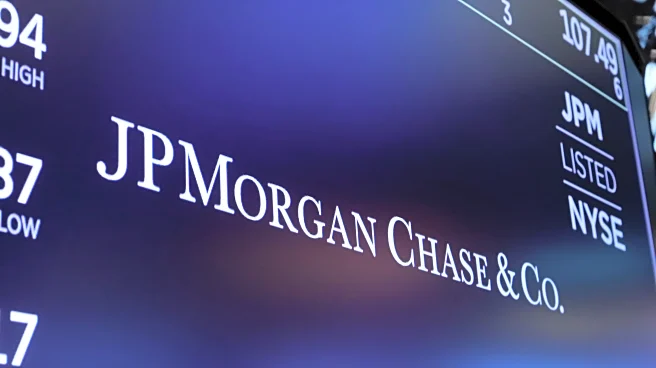What's Happening?
Economic analysts are observing several indicators that suggest potential economic challenges ahead for the United States. Despite the absence of official government data confirming a recession, various signs of economic weakness are being monitored. The 'lipstick index,' traditionally a recession indicator, is being reconsidered due to changing consumer habits. Cardboard box production, a key component of the consumer economy, has slowed, indicating potential declines in retail activity. Additionally, sales of Hamburger Helper have increased, reflecting consumer efforts to economize on grocery spending. The trend of thrifting and increased sales on platforms like ThredUp further highlight consumer caution. Meanwhile, sales of large trucks, crucial for industrial activity, have decreased, potentially signaling a slowdown in industrial demand.
Why It's Important?
These economic indicators are significant as they reflect broader consumer behavior and potential shifts in the U.S. economy. The slowdown in cardboard box production and large truck sales could indicate reduced industrial activity, affecting supply chains and employment in related sectors. The rise in thrifting and discount grocery shopping suggests consumers are preparing for economic uncertainty, which could impact retail and manufacturing industries. The increase in home equity loans for renovations, coupled with a decline in residential building permits, points to challenges in the housing market. These trends could lead to shifts in economic policy and business strategies as stakeholders adapt to changing consumer priorities.
What's Next?
As these indicators continue to evolve, businesses and policymakers may need to adjust strategies to address potential economic challenges. Retailers might focus on discount offerings and online platforms to cater to cost-conscious consumers. The housing market could see increased demand for renovation services, while industrial sectors may need to reassess capacity and production levels. Policymakers might consider measures to stimulate consumer spending and support industries facing downturns. Monitoring these indicators will be crucial for anticipating economic shifts and preparing for potential impacts on employment and growth.
Beyond the Headlines
The observed economic trends may have deeper implications for societal behavior and cultural shifts. The increased popularity of thrifting and discount shopping reflects a growing emphasis on sustainability and financial prudence. As consumers become more cautious, businesses may need to innovate to meet changing demands, potentially leading to shifts in marketing strategies and product offerings. The focus on home renovations over new home purchases could influence urban development and housing policies. These developments highlight the interconnectedness of economic indicators and societal trends, underscoring the need for adaptive strategies in both business and policy spheres.












